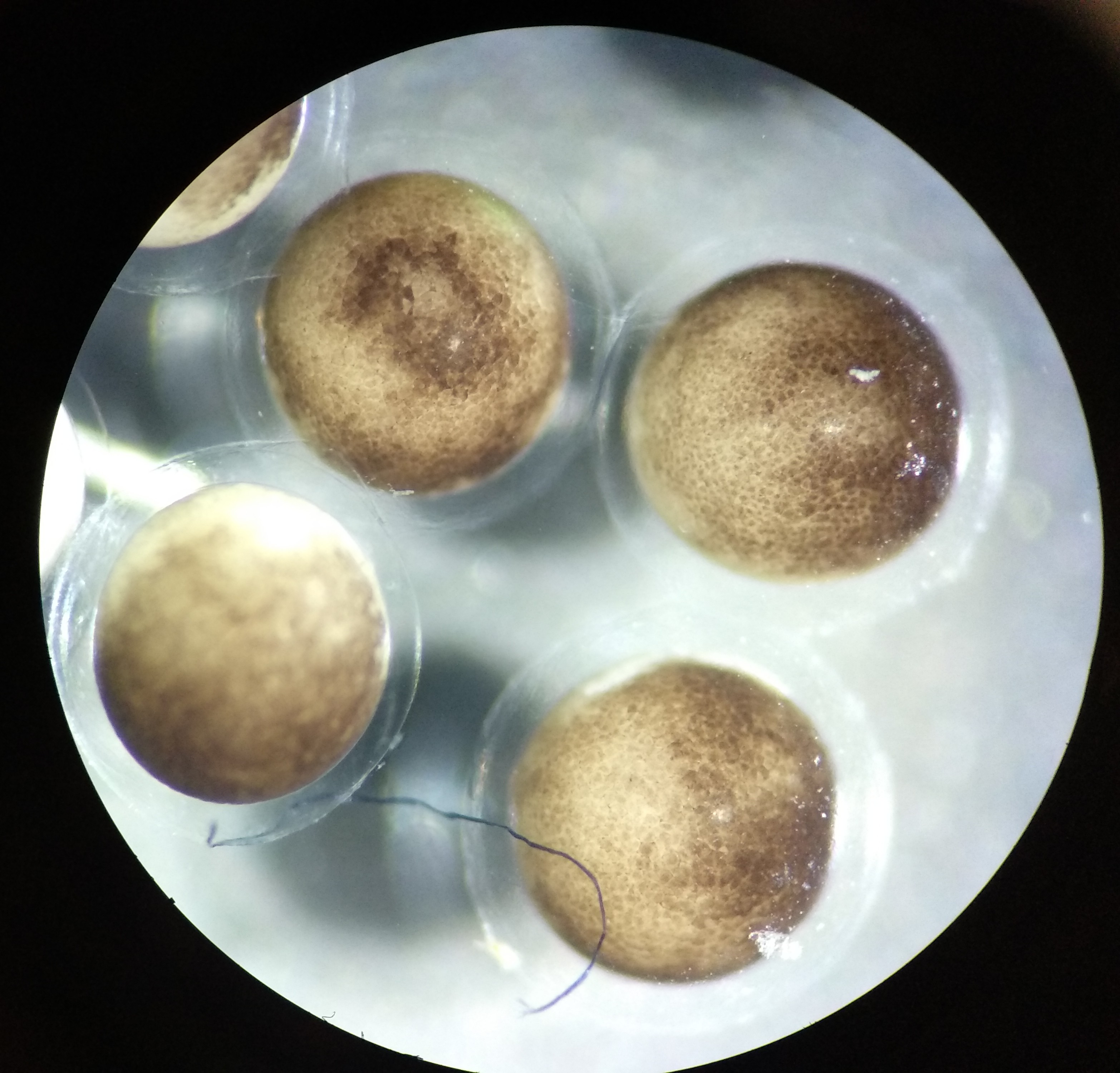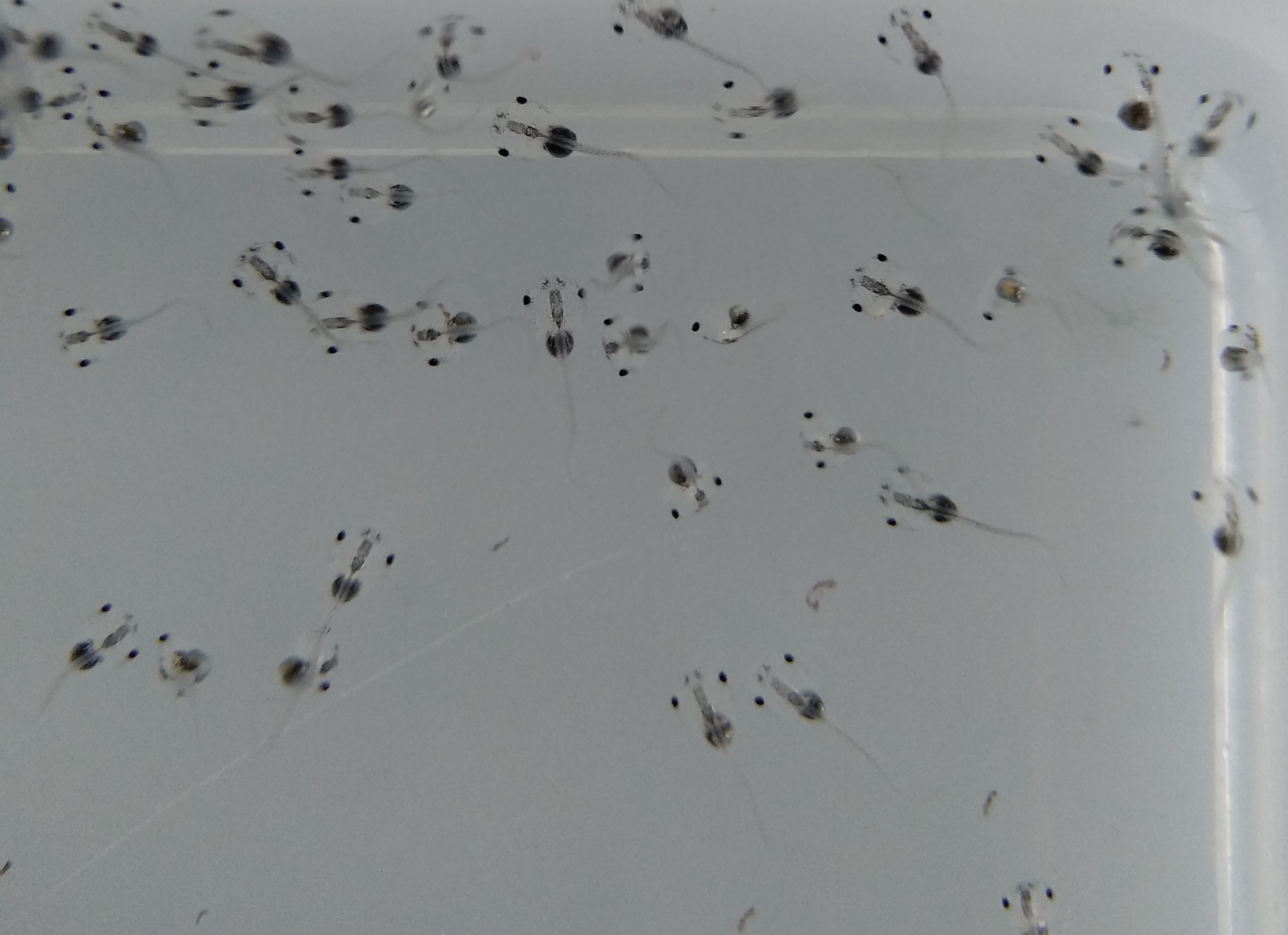Description
Chemical pollution is recognized as a major cause of worldwide critical decline of amphibians. Though increasing numbers of works already addressed chemical effects on amphibians, a disturbing number has still to be studied. Given the protection status of this group, such toxicity knowledge is crucial to reduce uncertainties associated with amphibian risk assessment (RA). One way to potentiate this would be to include amphibians in legislation for chemicals RA. Only recently this started to be recognised by legislators (e.g. EU regulations 283/2013, 284/2013). However, some constrains arise for conducting such amphibian RA, namely ethical, since standard guidelines available to run toxicity assays with amphibians involve in vivo exposure and the number of chemicals to be tested is enormous. At present, most international regulatory frameworks target the 3 R’s policy (reduce, refine, replace), discouraging the use of animal experimentation, e.g. in EU: (i) Directive EC/63/2010 recommends implementation of replacement protocols to reduce animal experimentation; (ii) REACH2018 challenges industry/scientific community to develop surrogate methods for animal experimentation; (iii) EFSA just released a scientific opinion on the state of science of pesticide RA for amphibians and reptiles, where strongly recommends to focus scientific research on developing in vitro assays to serve first tier in RA for amphibians. Complementing this, the use of in vitro assays for first tiers of RA presents further advantages, by consisting in simple, fast and relatively cost effective methodologies allows assessing the toxicity of a much larger set of chemicals than would be possible with in vivo assays. In this context, GOGOFROG aims at developing a toolbox of in vitro assays as an alternative to animal experimentation for first tiers of amphibian aquatic stages RA. For this, in vitro methodologies will be developed and their sensitivity compared to existing in vivo assays to validate their adequacy as safe surrogates at first tiers of RA. Aiming relevancy of such toolbox, methodologies will involve amphibian’s different types of cell-lines (considering different modes of action) and spermatozoa (spz). Most amphibians exhibit externalfertilization promoting direct contact of spz with water contaminants. Since effects in spz may relate with reproductive success this spz in vitro assay may reveal a breakthrough in amphibian RA, namely for endangered species. Thus, GOGOFROG will directly contribute to the protection and conservation of amphibians, meeting EU and national Biodiversity Strategies; will also support the implementation of EU and national legislation on the need to reduce animal experimentation.
Additional information
|
Chemical
|
Emerging Contaminants,
Pesticides / PPP,
Pharmaceuticals,
Metals and metalloids,
Nanomaterials,
Neonicotinoids
|
|
Taxa
|
Amphibia
|
|
Study Framework
|
Laboratory experiment,
In vitro
|
Outputs
Files



